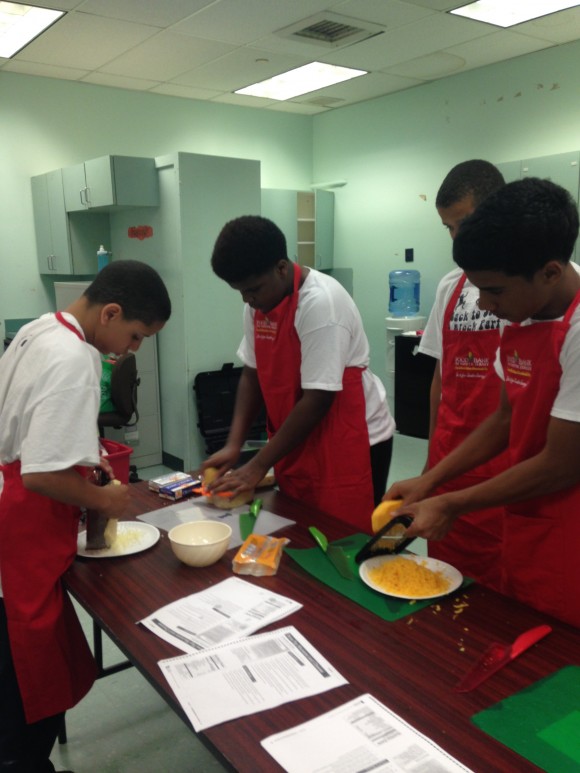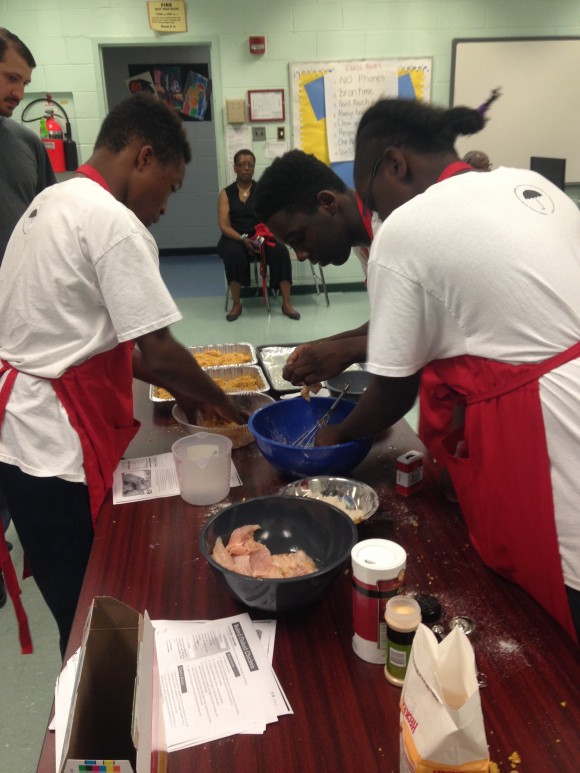Hi everyone! My name is Jenny Dang and I will be a junior at Penn State majoring in Nutritional Sciences with a focus in Community Nutrition and Food Security in addition to minoring in International Agriculture and Environmental Inquiry. At Penn State I am involved in UNICEF, The Student Nutrition Association, and the Student Sustainability Advisory Council. In my free time I enjoy exploring Pittsburgh, practicing yoga, going to concerts, cooking, and painting.
My career goals include becoming a Registered Dietitian and working in public health and community development. I believe it is essential to build a connection between these two things in order to alleviate food deserts and reduce health disparities. Some issues that revolve around this topic stem from the complex cycle between poverty, food insecurity and hunger, poor development and low productivity. Creating programs, policies, and goals towards breaking the cycle would ultimately improve community health.
This summer, I am an intern at the YMCA in the Hilltop Community, which is comprised of eleven City of Pittsburgh neighborhoods and a borough. The center provides youth a safe and nurturing environment that drives on bridging the technology gap. By providing resources for the youth to imagine, design, and create, they are able to tinker and build grit – which is something the staff and volunteers value. Last year, a group of 15 kids who at first had no idea how to turn on a computer constructed a touch-screen computer kiosk from scratch!
My main responsibility at the Hilltop YMCA is leading the Summer Food Service Program. SFSP is one of the many programs in America’s food and nutrition safety net that works to achieve food security for all Americans. During the school year, many children receive free or reduce-priced meals through the School Breakfast and National School Lunch Program. However, these programs end when school ends. This leaves many children at risk for hunger, which can hinder their physical and cognitive development and make them more vulnerable to illness and other health issues (see the research here!)
Thus, SFSP was created through the Food and Nutrition Service, an agency of the U.S. Department of Agriculture, to fill the hunger gap. The program provides children in low-income areas free, nutritious meals and snacks. Having this food security helps them get the nutrition they need to learn, play, and grow in the summer months.
The meals usually consist of a sandwich, a fruit or vegetable, juice, and chocolate milk. To reduce food waste, the kids place what they don’t want on a sharing table, which other kids can have.
Aside from the structured daily agendas that include computer classes, lessons on creative writing, and art workshops, the kids are allowed to play games at designated times. On any given day, one can find the kids racing each other on Mario Kart, building houses on Minecraft, jamming out to Eye of the Tiger on Rockband, and laughing at Apples to Apples.
After learning about programs and policies related to nutrition education and disseminating nutrition information, I am really excited to take the knowledge and skills I gained in those courses and implement my ideas.
Stay tuned to see the kids learn how to make healthy snacks, create videos about food, and grow vegetables at the community garden!





